As an essential aspect of running a nonprofit, fundraising can make or break an organization. One of the most tried and true methods for raising vital funds are fundraising events. From dinners, auctions, galas, golf tournaments, and more, it would seem that the only limit on a fundraising event is an organization’s imagination. Although these events can take many forms, it is only through proper planning and preparation that a nonprofit funding event can be effective. That being said, there are a number of useful tips on how to plan effective fundraising events.
Determine and Define the Purpose of the Event
A common misconception is that fundraising is only about money, but in truth, fundraising is all about purpose. While donations undoubtedly play a large part, fundraising is never simply about money; it is about gaining or maintaining the means to fulfill a nonprofit’s vision. To throw a successful fundraising event, a nonprofit must ultimately be driven by their vision, by what they aim to do.
Oftentimes, this means that many if not most nonprofit fundraising events are held to raise funds to continue every day and future organizational operation. However, other times fundraising events are held with a specific purpose or goal in mind, which attributes to the nonprofit’s vision but more specifically in one or more categories. For example, a nonprofit which works with children may hold a fundraising event to raise money for toys for the children; while giving toys to children may not be the ultimate goal of the nonprofit, it may still serve the vision of helping children in need.
Whichever type of event a nonprofit chooses, it must be predetermined and defined. The purpose of the event must be clearly understood and communicated amongst the board of directors, the staff, any volunteers helping with the event, and especially the donors/attendees. Confusion can cause chaos, making for less successful events. Determining and defining an event’s purpose for all those involved is the first step toward an effective fundraiser.
Set an Event Fundraising Goal
Much like defining the purpose, a fundraising event must have a fundraising goal, a budget, and an agenda to be successful. Of these, the most important is setting a fundraising goal. Without it, a nonprofit does not have the means to measure success. Setting a fundraising goal creates an objective, a purpose; in this way, an event is essentially successful if it meets its goal. However, it can also be helpful to set multiple goals at different levels. For example, a nonprofit may set three goals for their event with a minimum goal, a main goal, and an ideal goal. The minimum goal serves as the lowest and easiest to reach but serves as a sort of break even. The main goal is the goal for the event – the one that is advertised or made known. Lastly, the ideal goal is perhaps a more secretive goal; it is the goal that goes beyond what is expected from the event but what would be the best outcome.
Despite being easy to discuss, setting a goal or goals for a fundraiser can be challenging; there are a number of variables that must be considered. One of the best places to start is with the purpose of the event itself. As previously mentioned, if the event is being held to raise money for a specific purpose, this can lead a nonprofit to what the fundraising goal needs to be. For example, if $50,000 is needed by a nonprofit for a piece of equipment, the fundraising goal should be at least $50,000. However, in other cases or events, the fundraising goal should be informed by a nonprofit’s donor base, outreach, and expected event attendance.
Set a Budget and an Agenda
Although fundraising is typically viewed as money coming into a nonprofit, there is also a fair amount of money which must be spent. Effective fundraising is not free, especially when holding an event. Before, during, and after a fundraising event, a nonprofit should keep a list of every expense. Ideally, the majority of the list should be completed before the event begins, but sometimes unexpected expenses may occur. This list should include expenses like the venue rental, marketing, and staffing. These are the three essential expenses for any fundraising event, but they are not the only ones. Many events will require extra expenses, such as catering, which a nonprofit should keep in mind while planning.
Another crucial part of planning a fundraising event is creating an agenda. The agenda guides the event, ensuring that there are no lulls or chaos. For an event to run smoothly, an agenda is necessary. Best of all, it informs everyone at the event: the event staff will know when to do certain tasks or responsibilities, and the guests and donors will know what is going on and when. However, the agenda does not need to be scripture. While the agenda guides the event, it does not control it. Do not be afraid to mix things up if necessary. Look to the agenda as a plan for the event, from start to finish, but not as what must take place at every second of every hour.
Identify and Cater to an Audience
Different types of events often require different audiences. Some events can and should be open to everyone – from new, potential donors to consistent, long-term donors. However, some events benefit from being more private and geared toward specific donor bases, businesses, or groups. The audience of should reflect the purpose of the event. If a nonprofit is holding an event to connect with local businesses, the businesses should be the audience, not individual donors. Likewise, an event should be tailored to the audience as well as the purpose. For example, an open event to any business, organization, or donor should be accessible, approachable, and fun, not necessarily a black-tie gala. In the same way, some audiences will be better suited for differing types of fundraising. Consider the audience before choosing a raffle, silent auction, concert, or dinner. Whatever best suits the audience will work best for the event.
Prep for Set-Up and Potential Take-Down
Once a venue and an agenda are in place, a nonprofit must prepare for their fundraising event not just by having everything they need but figuring out how it will all come together. Setting up for the event can take a lot of time, but it can be mitigated with proper preparation. Before the event, it is best to determine how the space will ultimately be utilized; one should take into consideration where tables and chairs will be, where food will be served, where guests will check-in, where the silent auction will be held, and more. If details like these are accounted for early on, an event can be set-up and taken down quickly and efficiently.
Market the Event and Prepare for Sales
Whether in the world of business or nonprofits, an event is a product, so it must be marketed. However, marketing for a fundraising event is about more than just improving attendance. Marketing an event is an opportunity for a nonprofit to market themselves. While events and fundraising are also important, a nonprofit can sell their event by selling their mission. A nonprofit should use event marketing to remind or inform donors and potential donors of their mission and how funds given to their nonprofit can support a cause or those in need. Utilizing this approach can work twofold, creating greater success for events and the nonprofit as a whole.
Once the event is sold to the audience, a nonprofit must prepare for the actual sales aspect of a fundraising event. There must be a procedure in place for making and selling tickets, bidding for silent auctions, and accepting donations. A nonprofit can choose how or what they want to do, but selling event tickets and having a system for accepting and processing donations are must. Beyond that, anything a nonprofit chooses to do to raise funds should be creative, fun for attendees, and simple. Making donating fun or meaningful for donors often makes for more successful events.
Practice, Practice, Practice
Throwing an effective fundraising event requires hours of careful planning and preparation. Nearly every detail must be considered. Yet, nothing can prepare a nonprofit and their staff more than simply practicing the event. It may sound odd, but it works. Running a mock version of the event beforehand allows the team to see what works well and what may require a second thought. A nonprofit should practice the event from start to finish to get a feel for the agenda, create and memorize any cues to keep to the agenda, and improve whatever needs improving. Even if it all works out perfectly during the first run, it will provide the event team with a sense of security and help put any potential anxiety at ease.
Don’t Forget to Say Thank You
Of every tip on this list, this last one is likely the most important but sadly the least applied; a nonprofit should never forget to say, “Thank you.” Effective fundraising events do not just happen; everyone involved plays a vital part in their success. From the donors to the people who set up and takedown the tables and chairs, each person should be thanked and appreciated for contributing. So, take the time to say some kind words and thank the event staff in person. As for donors, they should also be thanked in person, but sending out thank you cards after an event can also be beneficial. After all, happy donors are generous donors.
Failing to Prepare = Preparing to Fail
Fundraising events can be challenging; they demand countless hours of preparation and consideration. But, with these tips, any nonprofit can plan and run an effective fundraising event. Keep the purpose of the event in mind, prepare as best as possible, and always say thank you. With a positive mindset, plan, and purpose, a nonprofit can do anything.
For more tips, tricks, advice, and guides on how to make the most of your nonprofit, be sure to click around our website. We offer a variety of content – from articles to podcasts – all designed to provide useful insights and advice on how to grow your nonprofit. At Nonprofit Growth, our mission is to make your mission a success.
By Richard Morris
.svg)


.svg)
.svg)
.svg)

.avif)




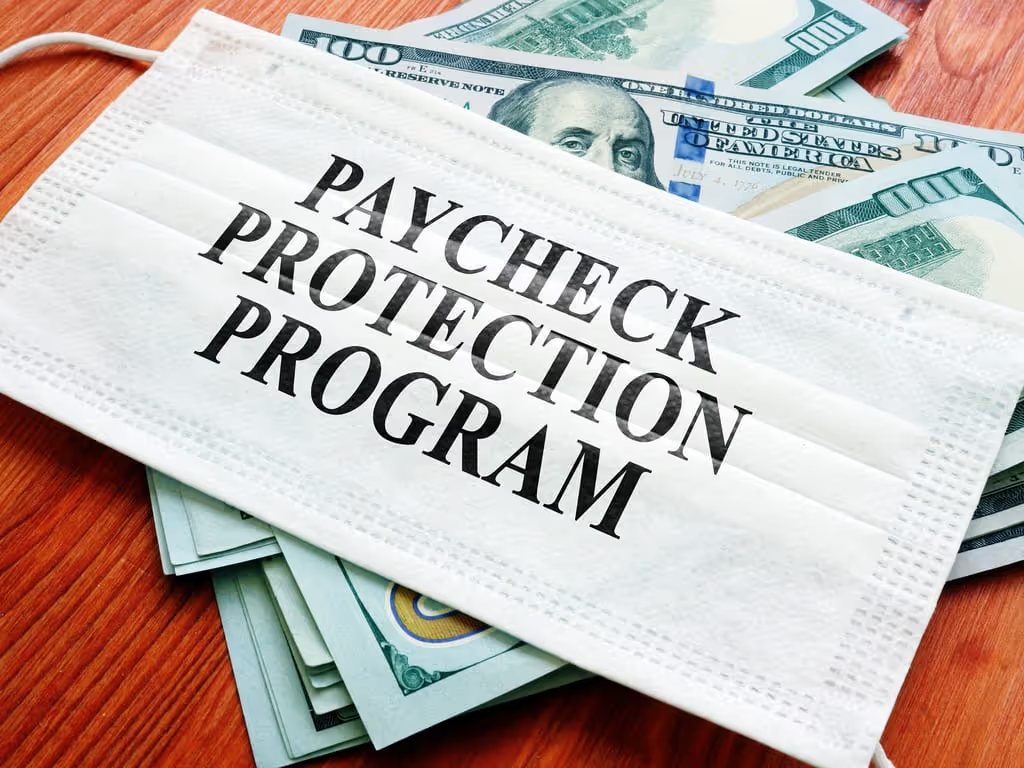





































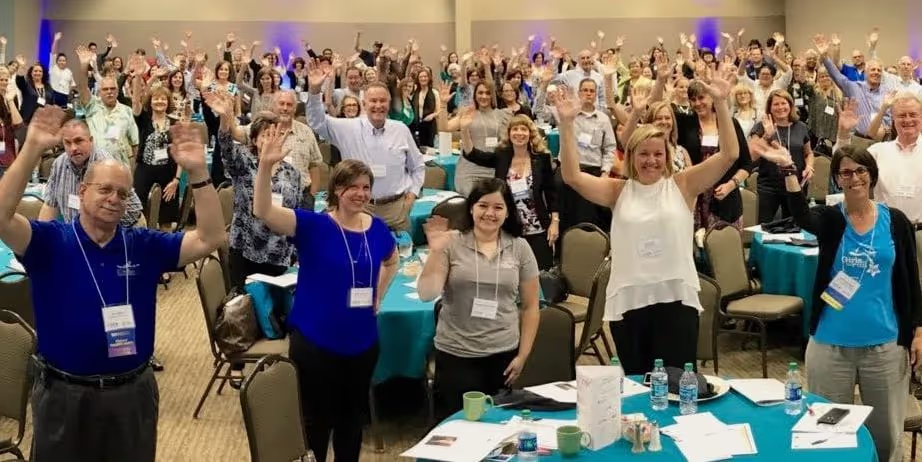



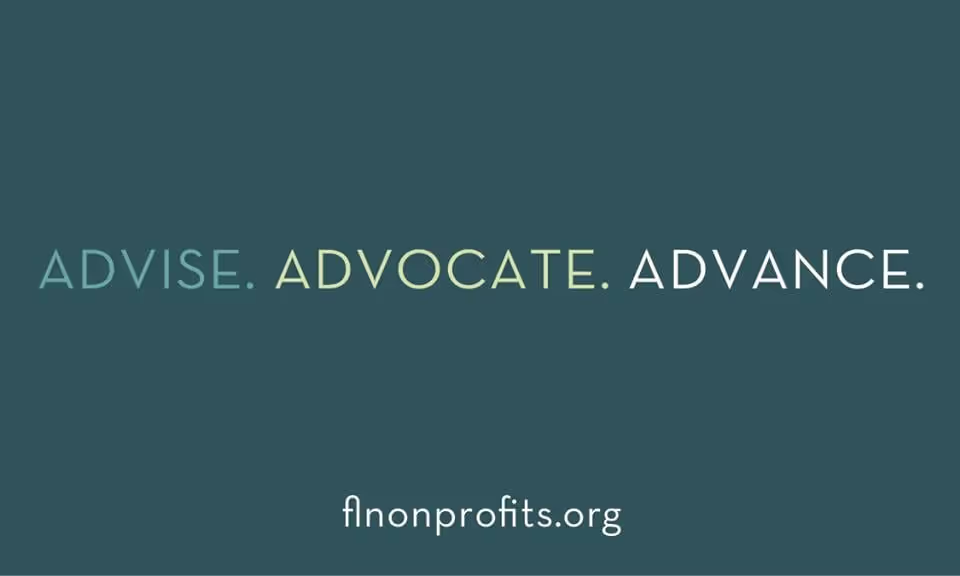

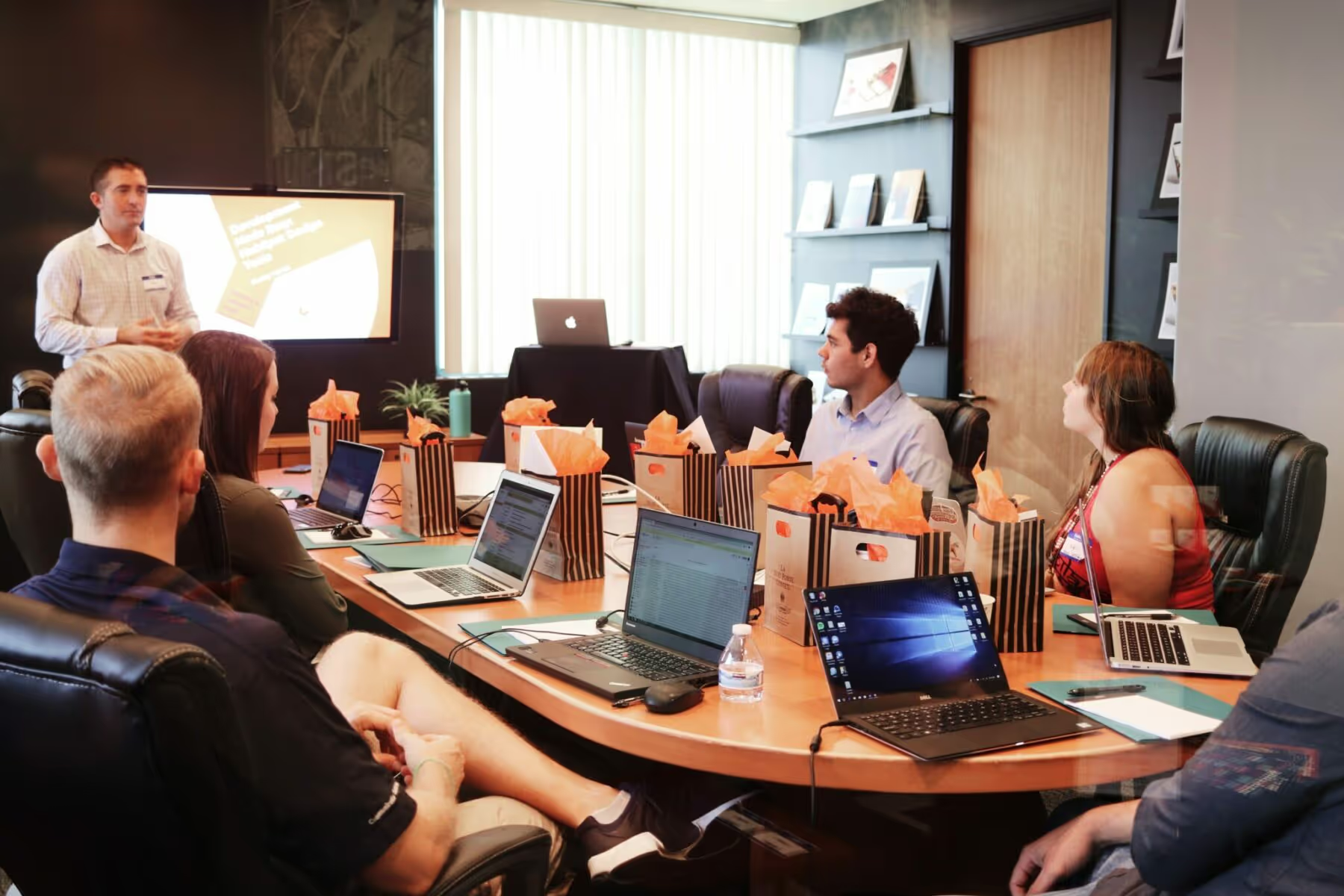

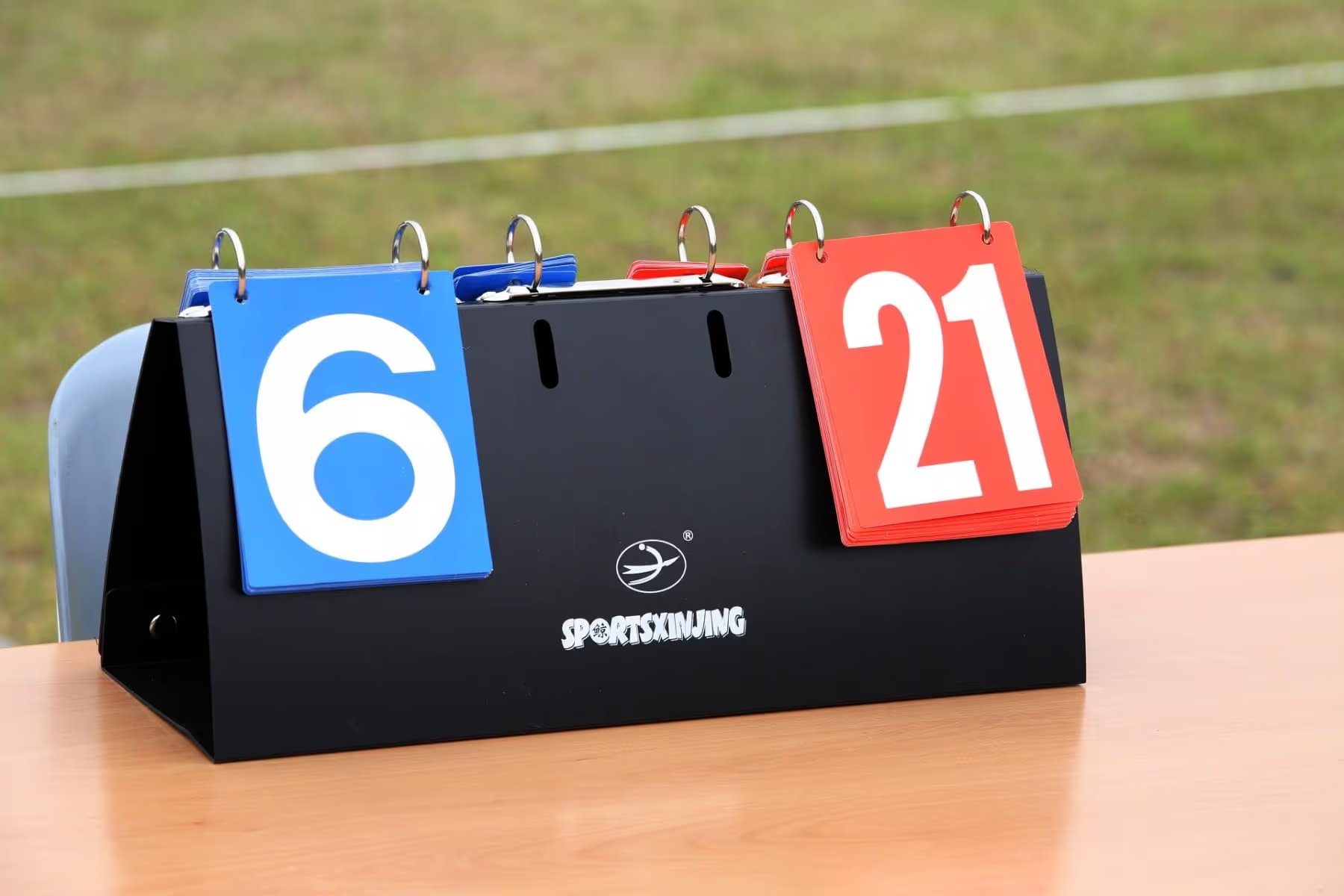


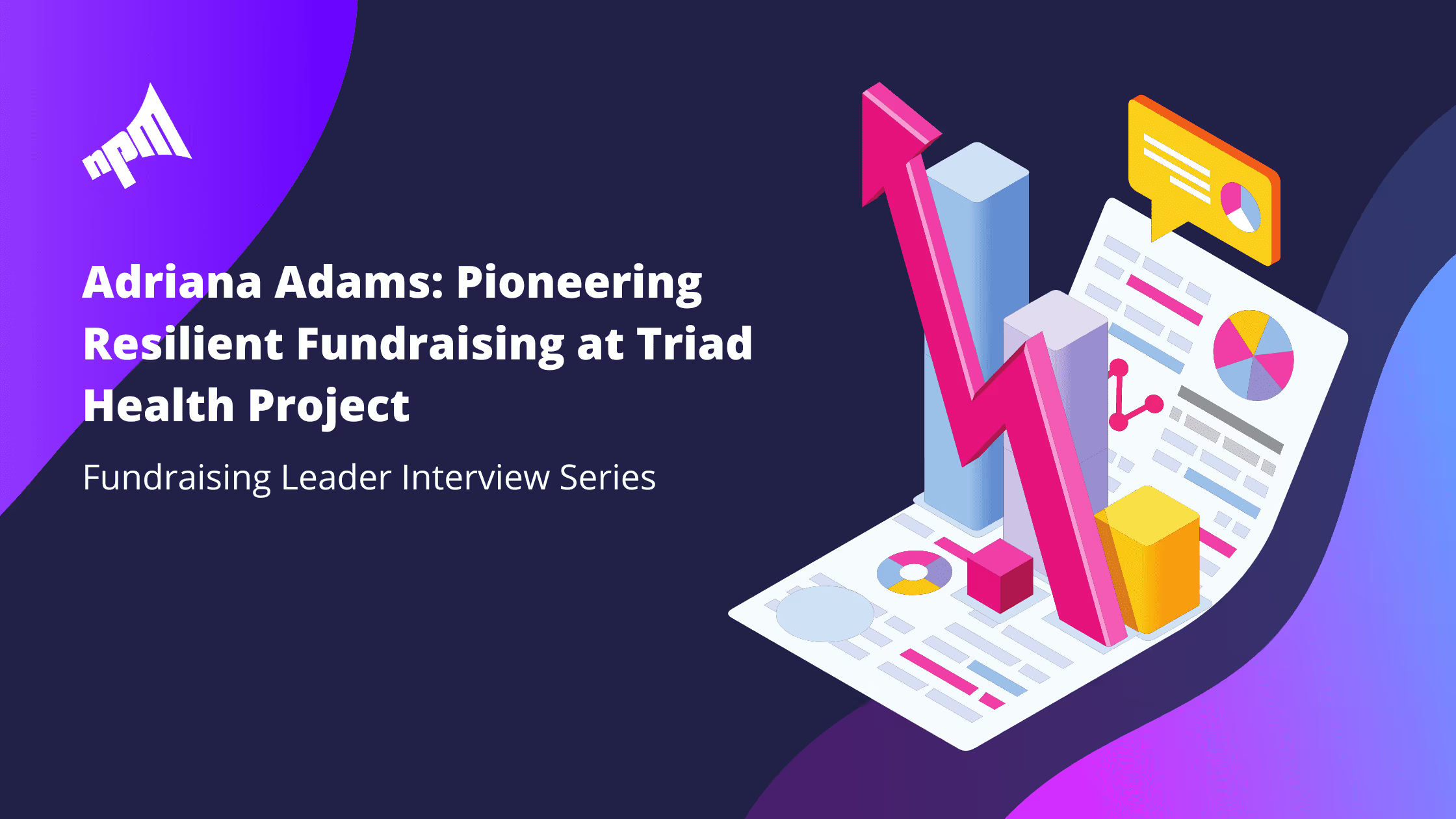
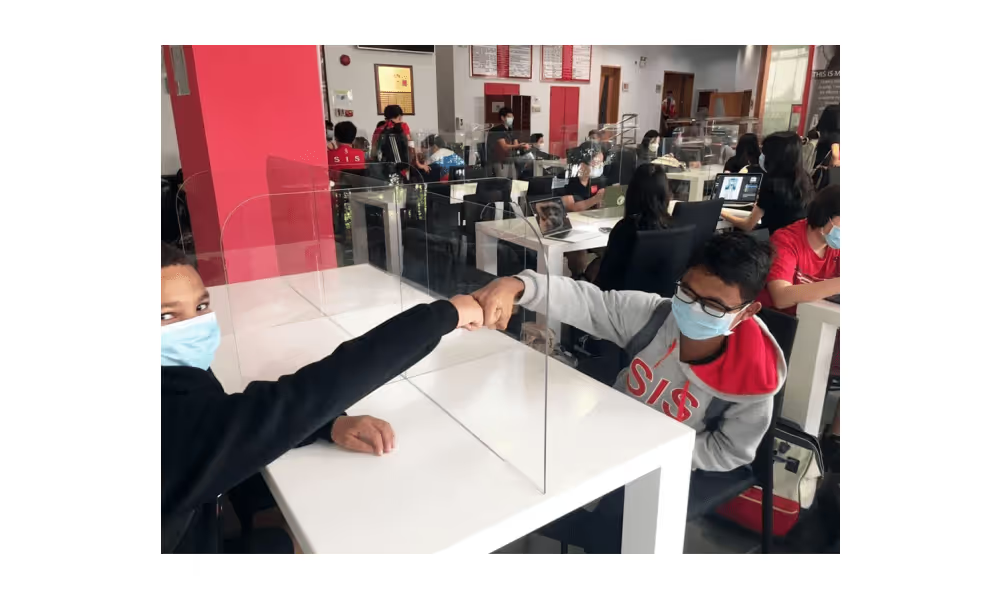













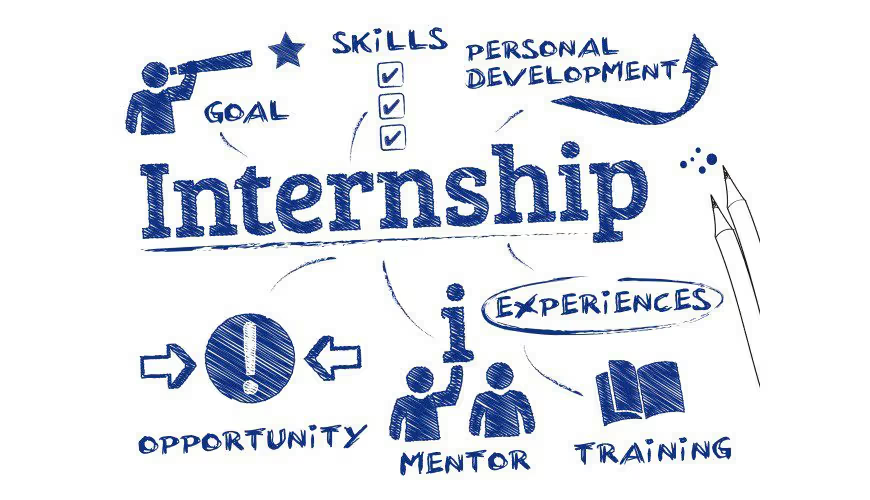







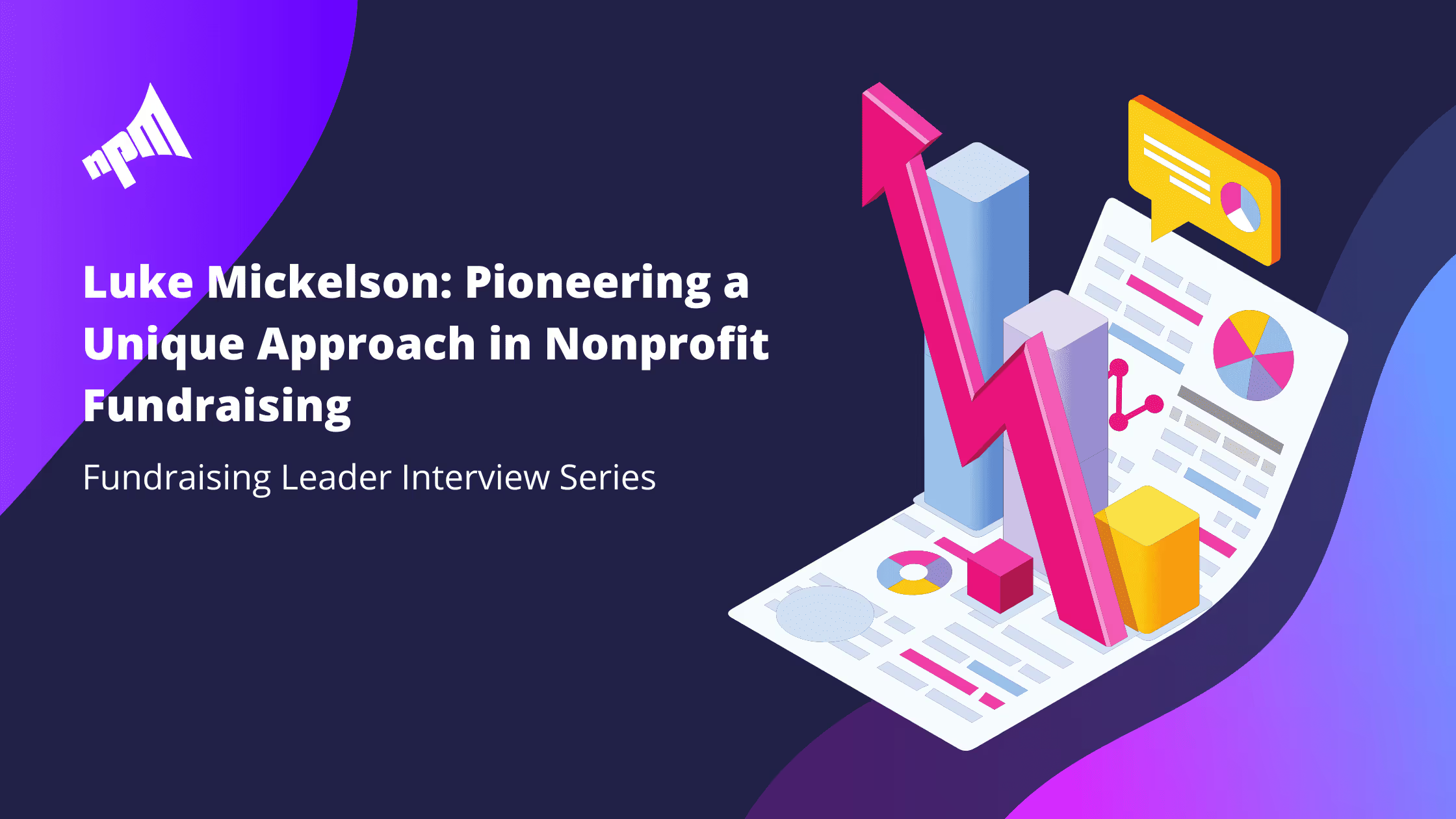
























.svg)
.svg)
.svg)
.svg)